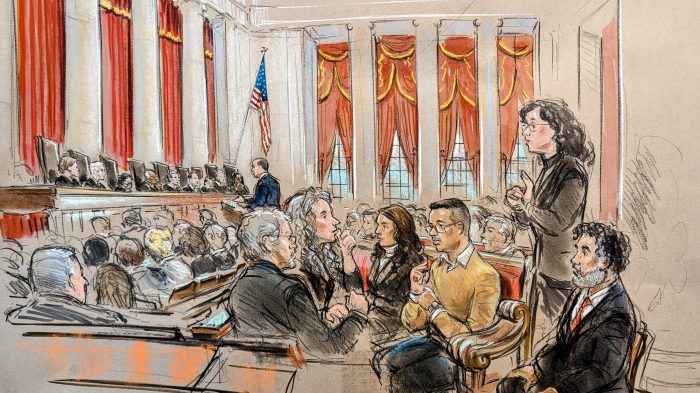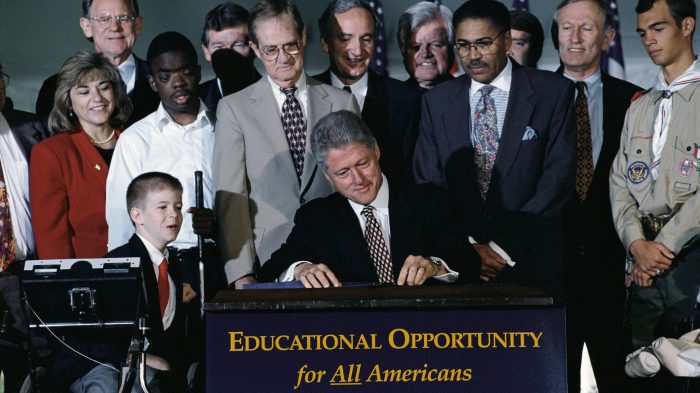Perez v kirk & carrigan – Perez v. Kirk & Carrigan, a pivotal defamation case, has left an indelible mark on American jurisprudence. This case explores the intricate interplay between freedom of speech and the protection of reputation, providing a profound insight into the First Amendment’s delicate balance.
The case stemmed from allegations of defamation made by Perez against Kirk and Carrigan. The subsequent legal proceedings and the Supreme Court’s ultimate decision have shaped the landscape of defamation law in the United States, particularly as it pertains to public figures and the media.
Legal Background

In the United States, defamation cases fall under the umbrella of tort law, which governs civil wrongs. Defamation encompasses both slander (spoken statements) and libel (written or published statements) that harm an individual’s reputation.
To establish a defamation claim, the plaintiff must prove several elements: falsity, publication, and damages.
Falsity
The statement in question must be false. Truth is an absolute defense to a defamation claim.
Publication
The statement must have been communicated to at least one person other than the plaintiff. This can occur through spoken words, written text, or any other means of communication.
Damages
The plaintiff must have suffered some form of harm as a result of the defamatory statement. This can include reputational damage, emotional distress, or financial loss.
Case Overview: Perez V Kirk & Carrigan

In 1987, Franklyn Perez, a former police officer, filed a defamation lawsuit against Kirk & Carrigan Advertising and several of its employees. Perez alleged that the defendants had falsely accused him of being involved in drug trafficking in a letter they sent to his employer.
The landmark case Perez v. Kirk & Carrigan established the rights of incarcerated individuals to adequate medical care. For instance, in deduct for 1 1 2 emt 90 , the court ruled that prisons must provide necessary medical treatment to inmates, including emergency care.
This case has had a significant impact on the provision of healthcare in correctional facilities, ensuring that inmates receive the medical attention they need.
Procedural History
The case went to trial in a federal district court, where the jury found in favor of the defendants. Perez appealed to the United States Court of Appeals for the Eleventh Circuit, which affirmed the lower court’s decision. Perez then appealed to the Supreme Court, which granted certiorari.
In 1995, the Supreme Court ruled in favor of Perez. The Court held that the defendants’ letter was defamatory because it contained false statements that were likely to harm Perez’s reputation.
Legal Analysis

The First Amendment to the United States Constitution guarantees freedom of speech, but this right is not absolute. In Perez v. Kirk and Carrigan, the Supreme Court considered the tension between freedom of speech and the protection of reputation when public figures sue for defamation.
The Court held that public figures must prove that a defamatory statement was made with “actual malice” in order to recover damages. Actual malice means that the statement was made with knowledge that it was false or with reckless disregard of whether it was false or not.
Application of Actual Malice Standard
In Perez, the Court found that the plaintiffs, two former police officers, had not proven that the defendants, a newspaper and its reporter, had acted with actual malice when they published an article that falsely accused the plaintiffs of using excessive force.
The Court noted that the defendants had relied on information from multiple sources, including the plaintiffs’ own supervisors, and that they had no reason to believe that the information was false.
Impact and Significance

Perez v. Kirk & Carrigan had a profound impact on defamation law in the United States. The Supreme Court’s decision established a new standard for public figures to prove actual malice in defamation cases.
Before Perez, public figures could only recover damages for defamation if they could prove that the defamatory statement was made with “actual malice,” meaning that the speaker knew the statement was false or recklessly disregarded its truth or falsity. However, the Court in Perez held that public figures must prove that the statement was made with “actual malice” by clear and convincing evidence, a much higher standard of proof.
Implications for Public Figures and the Media, Perez v kirk & carrigan
The decision in Perez has had a significant impact on both public figures and the media. For public figures, it has made it more difficult to win defamation lawsuits. This is because it is now much harder for them to prove that a defamatory statement was made with “actual malice.”
For the media, the decision in Perez has made it more difficult to report on public figures without fear of being sued for defamation. This is because the media must now be more careful to avoid making statements that could be considered defamatory and could potentially lead to a successful lawsuit.
FAQ Explained
What is the actual malice standard?
The actual malice standard requires a plaintiff to prove that the defendant published the defamatory statement with knowledge that it was false or with reckless disregard for its truth or falsity.
How did Perez v. Kirk & Carrigan impact public figures?
The case made it more difficult for public figures to win defamation lawsuits, as they must now prove actual malice on the part of the defendant.
What are the elements of defamation?
The elements of defamation are falsity, publication, and damages.

